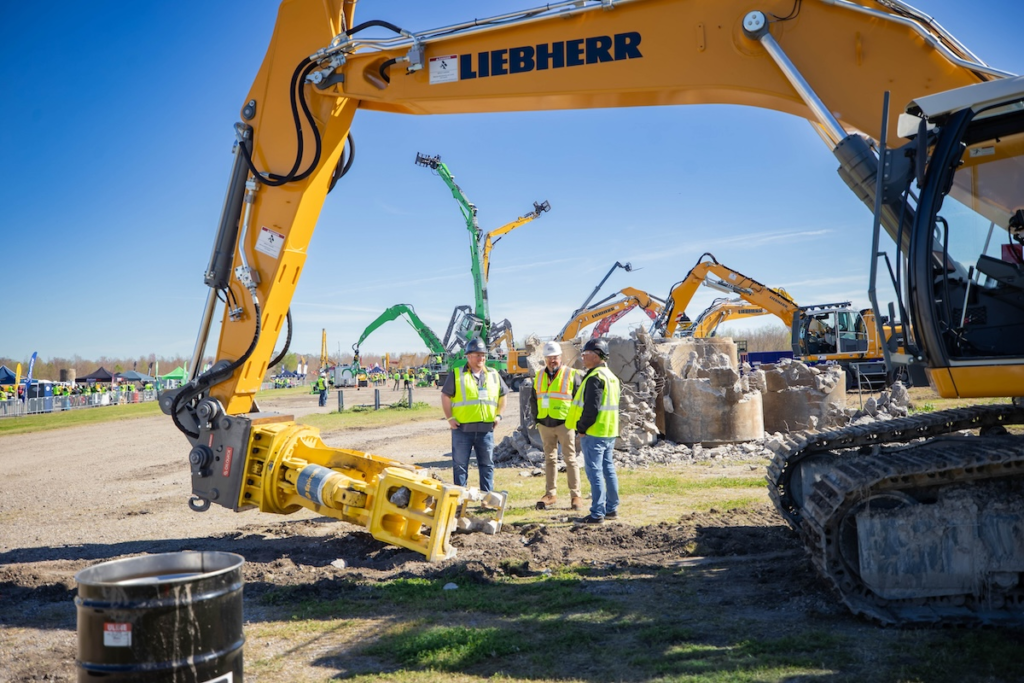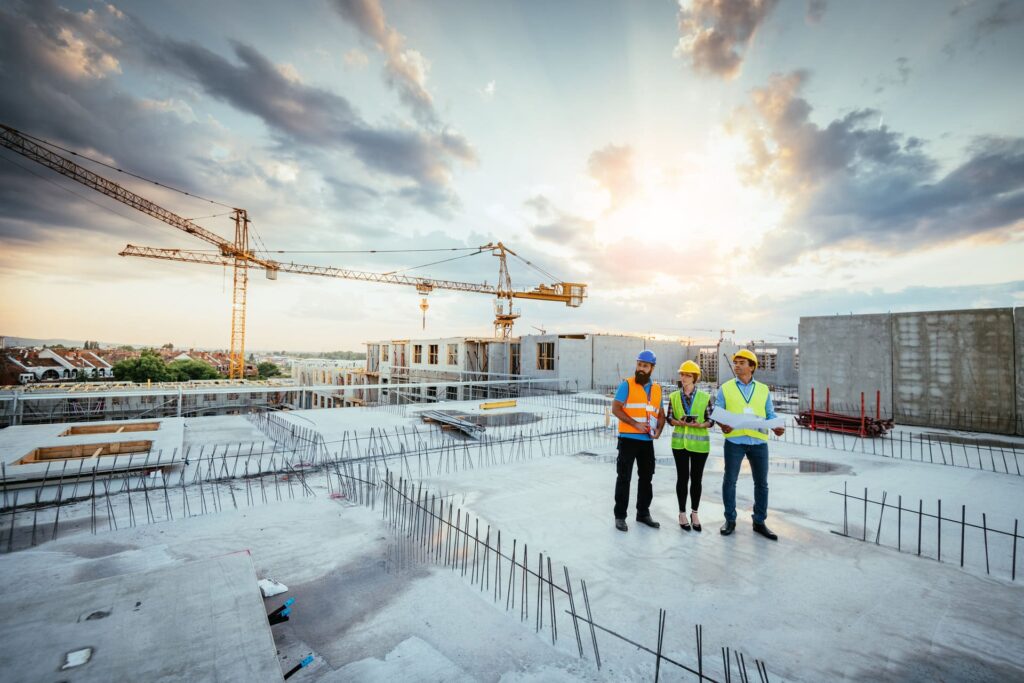A global construction boom, fuelled by rising investment in infrastructure, data centres, and public sector projects, is failing to deliver the expected returns due to mounting inefficiencies and a slow embrace of digital innovation, a new report warns.
According to the Bridging the Gap: 2025 Digital Design & Construction Report from Revizto, an integrated collaboration platform for the AECO (Architecture, Engineering, Construction, and Operations) sectors, the industry is facing a critical inflection point. Although global construction activity is reaching unprecedented levels, persistent budget overruns, design rework, and fragmented project delivery methods continue to drain both time and financial resources.
The report draws on responses from thousands of AECO professionals across North America, Europe, Asia, and the Middle East, painting a comprehensive picture of an industry that is growing fast, but not always wisely.
One of the most striking revelations is the frequency and scale of budget increases mid-project. An overwhelming 92% of respondents reported cost changes during the construction phase, despite accounting for contingencies in their project planning. Among these, 42% of professionals in the United States and 51% in the United Kingdom experienced budget increases of between 11% and 20%, a considerable margin in multi-million and billion-dollar projects.
These overruns are often attributed to three key factors: last-minute client changes and scope expansions (56%), unforeseen on-site conditions (53%), and initial design errors (45%). Each of these issues reflects a broader challenge, one that is rooted in inadequate coordination and a lack of real-time, cross-functional visibility across project teams.
The industry’s digital transformation, while in progress, remains far from complete. While 63% of survey respondents are tracking developments in artificial intelligence, machine learning, and automation, many firms continue to struggle with practical implementation. A significant 27% of construction teams still rely on legacy systems such as email threads, Excel spreadsheets, and static PDF documents for managing projects, tools ill-suited to the complexity of today’s large-scale builds.
This lack of integration between design, planning, and execution phases is not only slowing down productivity but also exacerbating risk. In an era where governments are pouring billions into infrastructure to drive economic growth and sustainability, the need for seamless, tech-enabled collaboration has never been more urgent.
“In many cases, the tools are available,” said Arman Gukasyan, founder and CEO of Revizto. “But too often, project teams are still working in silos, passing files back and forth instead of collaborating in real time. The construction sector is at a pivotal moment. With global spending projected to reach US$22 trillion by 2040, we need to modernise how we design and build or risk being overwhelmed by inefficiencies.”
Infrastructure remains a key growth engine for the sector, with 41% of global industry leaders identifying it as their top area of opportunity. Governments in both the UK and the US are launching ambitious national infrastructure plans, ranging from renewable energy facilities and high-speed rail to resilient water systems and green public housing. While these investments are vital for addressing climate change and modernising cities, they also come with heightened complexity, regulatory scrutiny, and risk exposure.

As a result, contractors and developers are under pressure to deliver faster, more efficiently, and with less environmental impact. The report stresses that digital workflows, real-time collaboration platforms, and data-driven decision-making will be essential tools to meet these expectations.
Despite the grim statistics, there is reason for optimism. The report highlights a growing awareness of the need for digital maturity, with many firms actively exploring ways to standardise processes, integrate emerging technologies, and up-skill their workforces. Some are investing in digital twins, AI-powered design tools, and cloud-based project management platforms that allow for enhanced collaboration and transparency.
There is also growing recognition of the value of data, especially when it comes to tracking carbon footprints, improving safety outcomes, and forecasting maintenance needs for major infrastructure projects. As regulatory and environmental pressures mount, data visibility is becoming not just a nice-to-have, but a competitive necessity.
The construction sector’s path forward hinges on its ability to bridge the gap between ambition and execution. That means breaking down the traditional silos that separate architects, engineers, contractors, and clients; it means moving away from reactive problem-solving toward proactive planning, and it means investing not just in new tools, but in the skills and systems required to use them effectively.
Revizto’s Gukasyan concludes: “If we can build bridges, tunnels, hospitals, airports and smart cities, we can also build a smarter way to work together. The construction industry doesn’t need to slow down, what it needs is a smarter, more collaborative, and more data-driven way of operating. The technology is here. The opportunity is massive. But it’s time to act.”
As the industry races toward a US$22 trillion future, the winners will be those who can combine scale with precision, and tradition with transformation.



